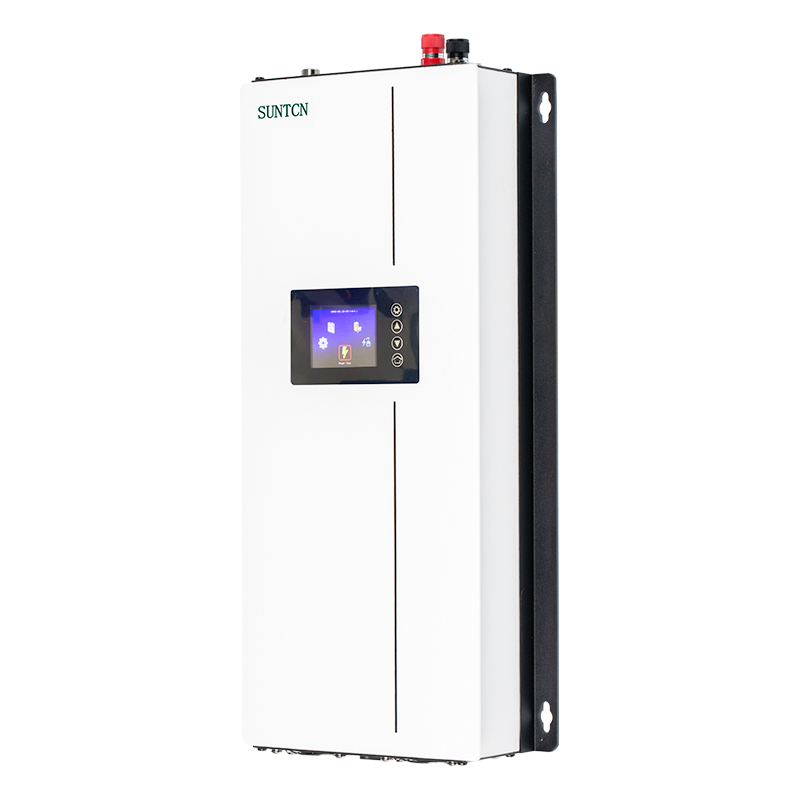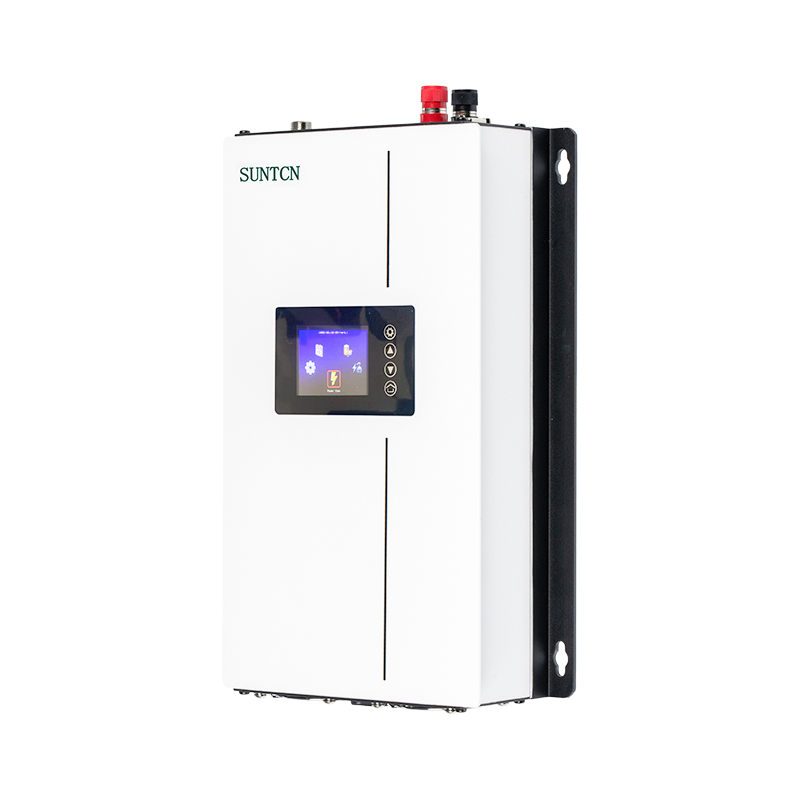As the global demand for renewable energy continues to increase, wind energy has become increasingly valued as a clean and sustainable form of energy. Wind power generation systems can not only provide electricity for homes and industries, but also effectively reduce carbon emissions and help achieve green environmental protection goals. In wind power generation systems, wind grid-tied inverters play a vital role.
Grid-tied inverters not only need to efficiently convert electrical energy, but also need to accurately adjust the frequency and voltage of the grid to ensure the stability and security of the power system. Therefore, wind grid-tied inverters are not only power conversion equipment in wind power generation systems, but also key components to ensure the stability of wind power grid connection.
The working principle of wind grid-tied inverters can be divided into two main stages: conversion of DC power and grid connection.
The DC power generated by the wind turbine enters through the DC input of the inverter. The inverter uses switching elements (such as transistors, MOSFETs, etc.) to convert DC power into AC power. In order to ensure conversion efficiency, the inverter usually uses pulse width modulation (PWM) technology to make the output waveform of AC smoother and closer to a sine wave.

The inverter not only converts DC into AC, but also needs to adjust the voltage and frequency of AC to match the standard frequency (such as 50Hz or 60Hz) and voltage of the power grid. Once the conversion is completed, the inverter inputs the synthesized AC into the grid through the output port. The grid-connected inverter also has a protection function that can detect the state of the grid and ensure the stability and safety of the power system.
The wind power grid-connected inverter maximizes the energy utilization of the wind power generation system by efficiently converting DC into AC. It ensures that every part of the energy in the wind energy conversion process is effectively utilized and input into the grid for users to use.
Modern wind grid tie inverter use intelligent control systems that can monitor changes in grid voltage and frequency in real time, automatically adjust the quality of the output AC power, and ensure compatibility with the grid. Its automatic adjustment function enables the wind power generation system to work stably when the grid fluctuates.
Compared with traditional wind power generation systems, systems using wind grid-connected inverters can reduce energy waste and system maintenance costs. The efficient conversion and intelligent control of the inverter not only improve the performance of the wind power system, but also help reduce losses in operation and save operating costs.
The high efficiency and stability of wind grid-connected inverters make them play an important role in large-scale wind power generation systems. By smoothly supplying power to the grid, it helps alleviate the load fluctuations of the grid, enhances the stability of the grid, and ensures the continuity and reliability of power supply.
For home or small commercial users, wind grid-connected inverters can effectively convert wind power into household or commercial power, and feed the remaining power back to the grid, achieving the dual benefits of self-generation and self-use and surplus power access to the grid.
In large wind farms, multiple wind turbines connect the generated power to the grid through wind grid-connected inverters. The inverter can coordinate the power generation efficiency of multiple units and the load of the grid to ensure that the power output of the entire wind farm is stable and efficient.
In remote areas or off-grid microgrid systems, wind grid-connected inverters can effectively convert wind power generation DC into AC power and work with other energy systems (such as solar energy, battery energy storage, etc.) to provide a stable power supply.
As a core component in the wind power generation system, wind grid-connected inverters help wind power generation systems better introduce clean energy into the power grid with their efficient power conversion, intelligent control and grid compatibility. With the continuous development of renewable energy, wind grid-connected inverters will play an increasingly important role worldwide. It not only improves the efficiency of wind power generation, but also provides important support for promoting global energy transformation and achieving green and low-carbon goals.

 English
English Español
Español Deutsch
Deutsch










